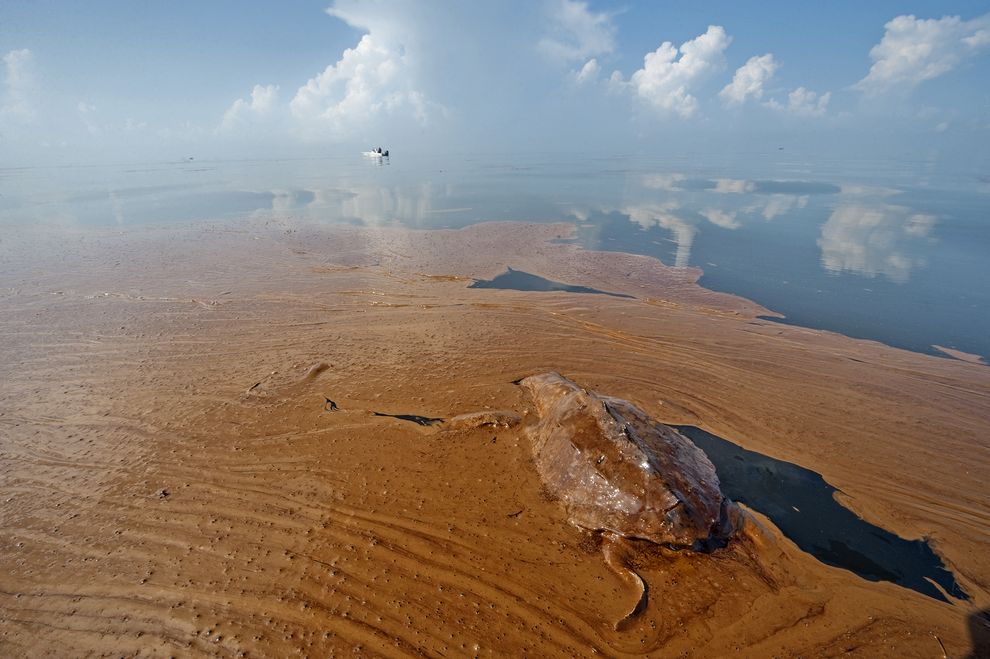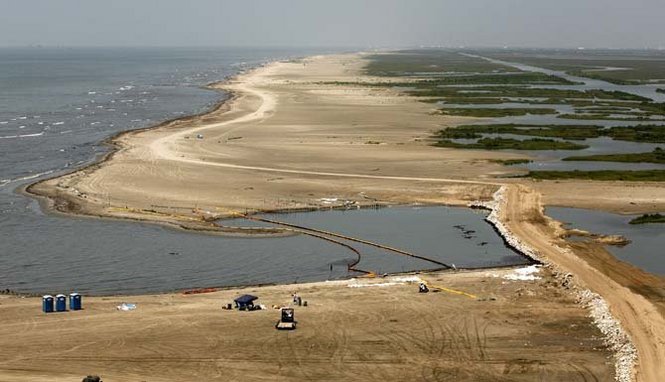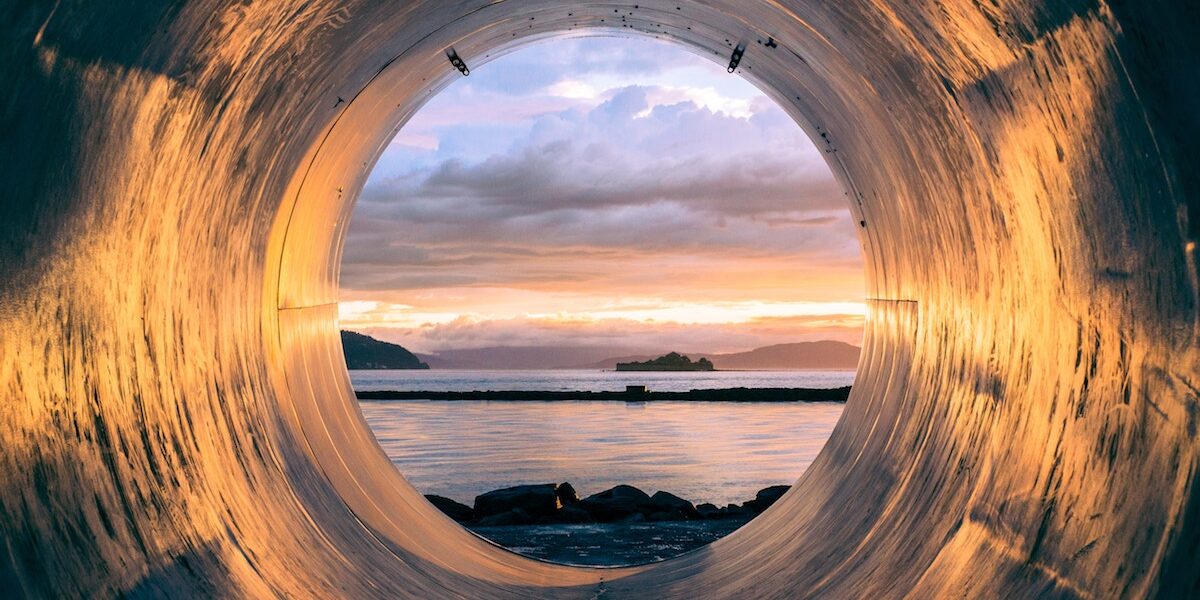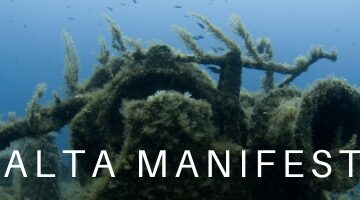By Cynthia Sarthou, Executive Director, Gulf Restoration Network and
Bethany Kraft, Director, Gulf Restoration Program, Ocean Conservancy
The BP Deepwater Horizon oil spill disaster severely impacted portions of the Gulf ecosystem along with the region’s economies and communities. That damage, however, occurred against a backdrop of decades-long challenges ranging from loss and degradation of wetlands and barrier islands along the coast to formation of “dead zones” in the Northern Gulf to overfishing and lost fisheries production, not to mention damage from severe and more frequent hurricanes. The BP disaster triggered a national call to action to go beyond the impacts of the blowout and address the long-term degradation the region has suffered.

Barataria Bay, LA
Despite the many challenges facing the region, the Gulf ecosystem continues to be a place of amazing abundance, serving as an economic engine for the entire country. The GDP of the 5 Gulf states combined would be the 7th largest economy in the world, coming in at $2.3 trillion annually. Over one third of seafood caught in the lower 48 states comes from the Gulf. This region is both an energy hub as well as the shrimp basket for the nation. This means the entire country has a stake in the recovery of the region.
As we pass the three year memorial of the blowout that took the lives of 11 men, BP has yet to carry out its commitment to restore the Gulf ecosystem to a healthy condition. As we work towards full restoration, we must address both short- and long-term damage in three key areas: coastal environments, blue-water resources and coastal communities. The interlinked nature of the Gulf’s coastal and marine resources, combined with the fact that environmental stressors are associated with both land- and ocean-based activities, mane an ecologically and geographically balanced approach to restoration essential.
Overview of BP oil disaster impacts

Elmer’s Island, LA
The BP Disaster is the greatest of the insults to the Gulf’s resources. Millions of gallons of oil and dispersants were discharged into the Gulf during the disaster. Over one thousand acres of coastline was contaminated. Today, oil continues to wash up on hundreds of acres of coastline from Louisiana to Florida.
The available scientific data indicate that the Gulf has been negatively impacted by the disaster. For example, from November 2010 to March 24, 2013, 669 cetaceans, mainly dolphins, have stranded – 104 since January 1, 2013. From November 2010 through February 2011, 1146 turtles, 609 of them dead, stranded–almost double the normal stranding rates. Additionally, higher numbers of red Snapper, an important recreational and commercial fish, have lesions and organ damage, the Gulf killifish (aka cocahoe minnow) has gill damage and reduced reproductive fitness, and deepwater corals are damaged or dieing–all consistent with low level toxic exposure.
In the aftermath of the disaster, members of the Gulf NGO community, representing over 50 fishing, community and conservation organizations, came together to form a loose coalition known as “Gulf Future.” The Coalition developed the Weeks Bay Principles for Gulf Recovery, and the Gulf Future Unified Action Plan for a Healthy Gulf. Both the Principles and the Action Plan focus on 4 areas of: (1) coastal restoration; (2) marine restoration; (3) community restoration and resiliency; and (4) public health. Current concerns of Gulf Future groups include:
- A lack of transparency in selection of restoration projects by State and Federal agencies;
- Pressure being exacted by state and local interests to spend RESTORE Act funds on “traditional economic development” (roads, convention centers, etc.;
- Failure of agencies to work with local communities to create local jobs for the affected population; and,
- Insufficient action to ensure, through legislation or regulation, that a similar disaster will not occur in the future.
Gulf Future groups recognize that the billions of dollars in BP fines coming to this region through the RESTORE Act are a once in a lifetime opportunity to build a stronger and more resilient Gulf for future generations.
Charting a course for the future
Passed in July of 2012, the RESTORE ACT creates a trust fund that will direct a significant portion of the Clean Water Act fine money paid by BP and other responsible parties to be used to restore the Gulf ecosystem. This is the first time that such a large amount of money has been dedicated to restoring the Gulf’s environment, but the work is far from over.
Although a settlement with Transocean will direct the first money into the trust fund for restoration, the BP trial still rages on in New Orleans, with no end in sight. Unless and until BP accepts full responsibility, our resources and the people who rely on them will not be able to fully recover. It is up to all of us to remain diligent and continue to work towards restoration of what is truly one of the nation’s national treasures.
Follow up article: Are We Ignoring the Most Important Science About the Gulf Spill?







